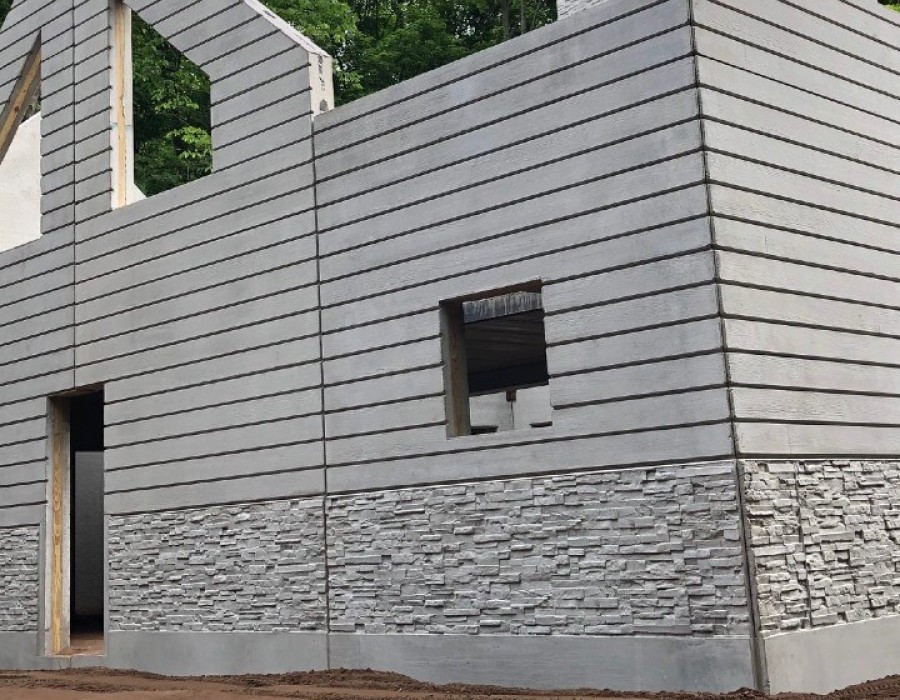In the ever-evolving landscape of construction, precast homes and precast buildings are making a significant impact. This method of construction, which involves casting concrete in reusable molds before transporting it to the construction site, offers numerous advantages that are transforming the industry.
What Are Precast Homes and Precast Buildings?
Precast homes and precast buildings are constructed using precast concrete components. These components are produced in a controlled factory environment, where molds are used to shape the concrete into panels, beams, and other structural elements. Once cured, these elements are transported to the construction site and assembled like a giant puzzle.
Advantages of Precast Construction
- Speed and Efficiency: One of the most significant benefits of precast construction is the speed at which projects can be completed. Since components are made off-site while the site is being prepared, the overall construction time is significantly reduced. This parallel workflow is not possible with traditional on-site concrete pouring methods.
- Quality and Durability: Precast concrete is produced in a controlled environment, which ensures consistent quality and strength. The factory setting allows for meticulous attention to detail, reducing the likelihood of defects. Additionally, precast concrete is highly durable and can withstand harsh weather conditions, making it ideal for various environments.
- Cost-Effectiveness: Although the initial costs of precast concrete might be higher than traditional methods, the overall cost savings are substantial. Faster construction times reduce labor costs, and the reduced likelihood of on-site errors minimizes expensive rework. Furthermore, the longevity and low maintenance requirements of precast buildings lead to long-term savings.
- Sustainability: Precast construction is inherently more sustainable than traditional methods. The controlled production environment minimizes waste, and the ability to reuse molds further reduces material consumption. Additionally, precast buildings often have better energy efficiency due to the thermal mass of concrete, which helps regulate indoor temperatures.
- Versatility in Design: Precast concrete offers a high degree of flexibility in design. Architects can customize molds to create a wide range of shapes, sizes, and textures, allowing for innovative and aesthetically pleasing structures. This versatility makes precast construction suitable for residential homes, commercial buildings, industrial facilities, and more.
Applications of Precast Construction
Residential Homes: Precast homes are becoming increasingly popular due to their quick construction times and high-quality finishes. These homes can be customized to meet individual needs and preferences, offering a durable and energy-efficient living space.
Commercial Buildings: In the commercial sector, precast buildings provide the durability and flexibility needed for various applications, from office complexes to retail spaces. The ability to quickly assemble these structures helps businesses start operations sooner, contributing to economic growth.
Infrastructure Projects: Precast concrete is widely used in infrastructure projects such as bridges, tunnels, and highways. Its strength and durability make it ideal for structures that need to withstand heavy loads and adverse weather conditions.
Educational and Healthcare Facilities: Schools and hospitals benefit from the speed and efficiency of precast construction, enabling these critical facilities to become operational quickly. The durability and low maintenance of precast buildings are particularly advantageous in these sectors.
The Future of Precast Construction
The future of precast homes and precast buildings looks promising as advancements in technology continue to enhance the capabilities of this construction method. Innovations in materials and production techniques are likely to further reduce costs, improve sustainability, and expand design possibilities.
Moreover, as the construction industry faces increasing pressure to deliver projects faster and more sustainably, the demand for precast solutions is expected to grow. The ability to produce high-quality, durable, and versatile structures efficiently positions precast construction as a key player in the future of building.
Conclusion
Precast homes and precast buildings are at the forefront of a construction revolution, offering a blend of speed, quality, and sustainability. As more developers and architects recognize the benefits of this method, we can expect to see a significant shift towards precast construction in various sectors. This approach not only meets the demands of modern construction but also paves the way for a more efficient and sustainable future.





Comments